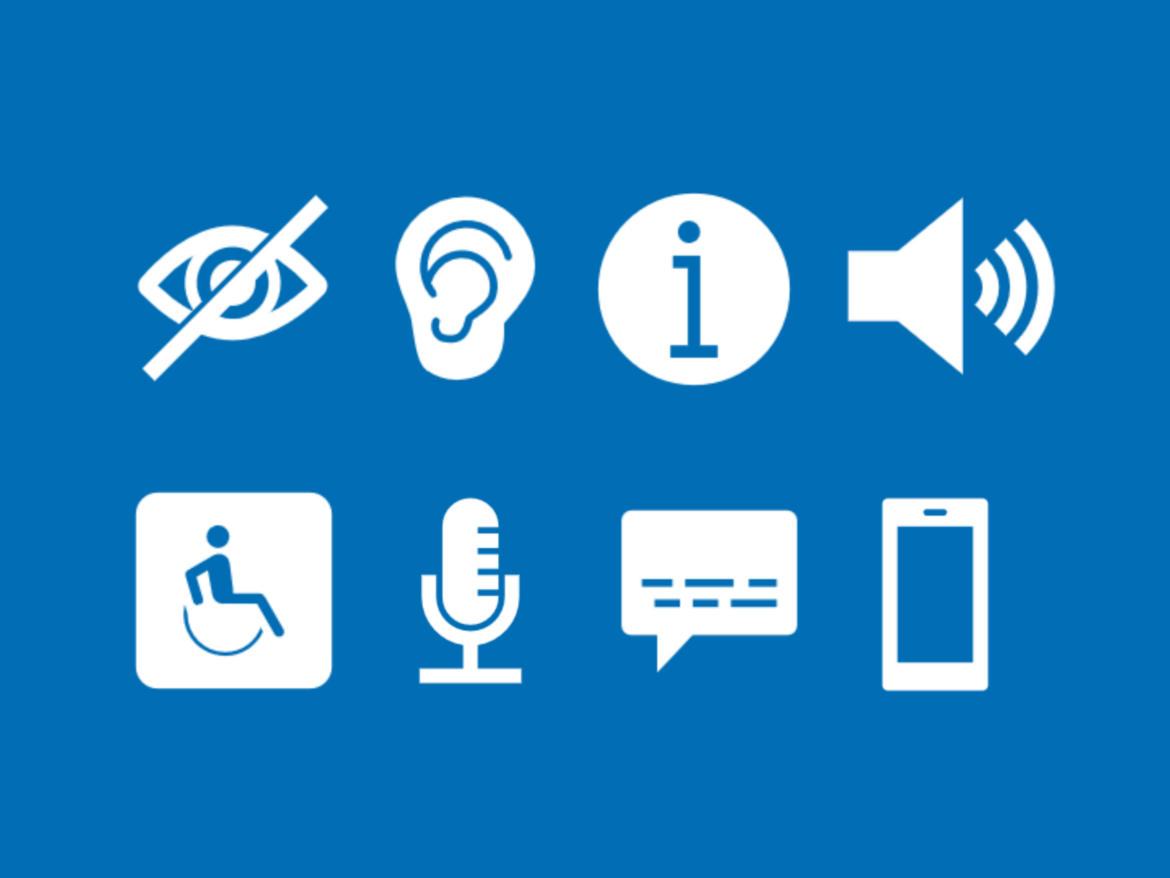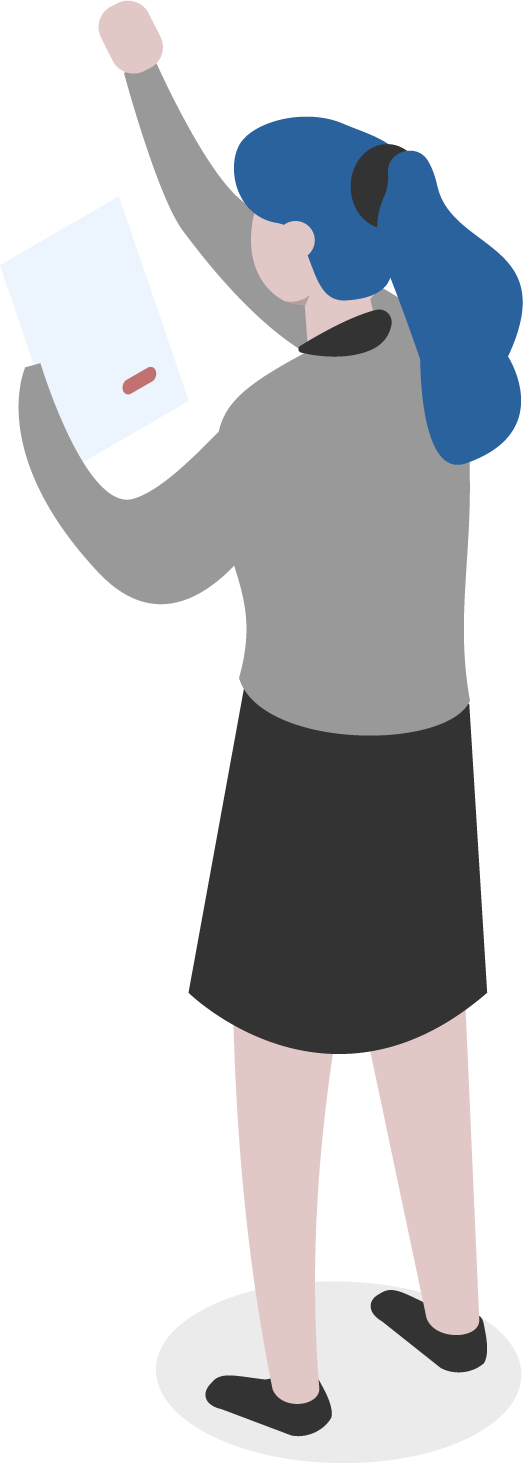Why is accessibility important for your research paper?
The way in which research papers are read, used, and published is changing and developing faster than ever. With those changes comes more opportunities to make published research accessible to everyone, and at Taylor & Francis we are committed to helping authors do just that.




